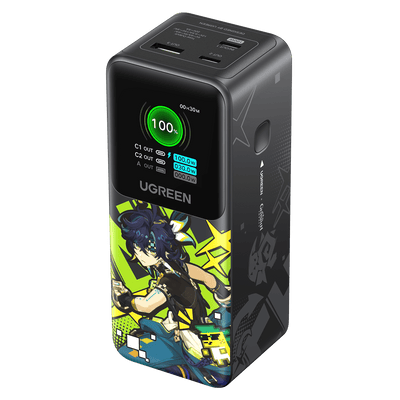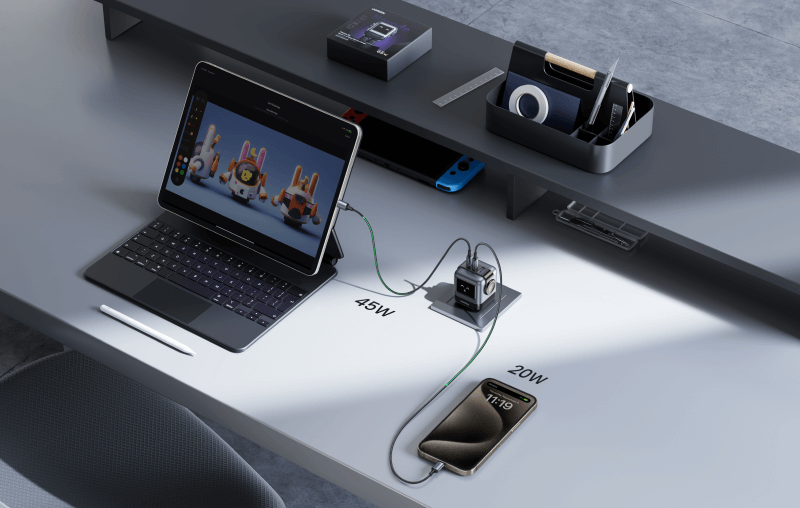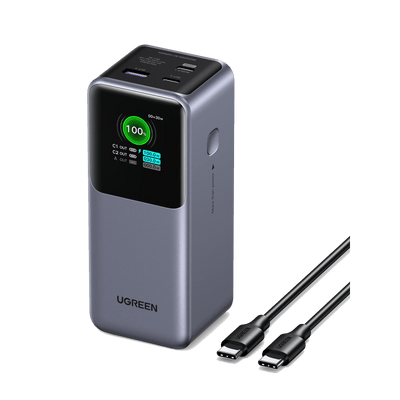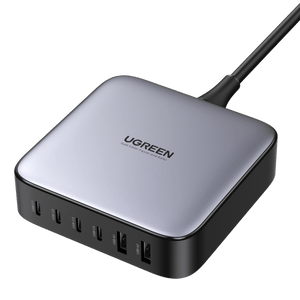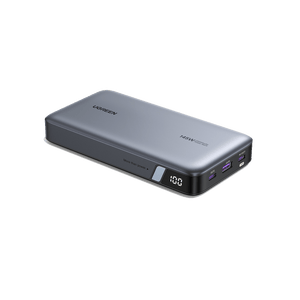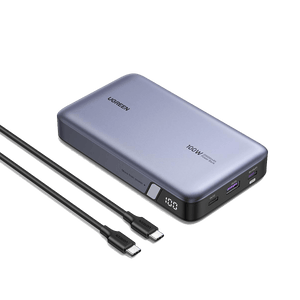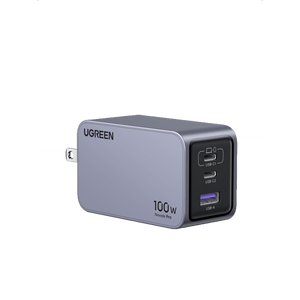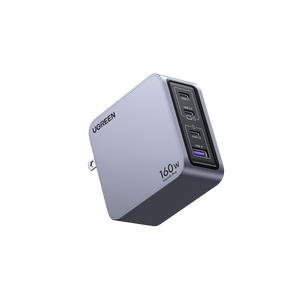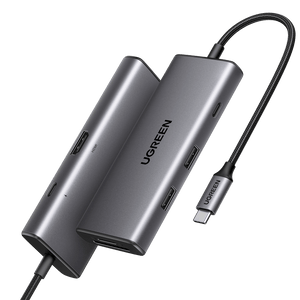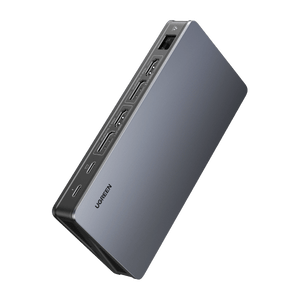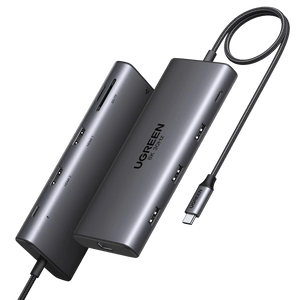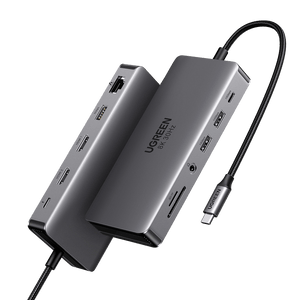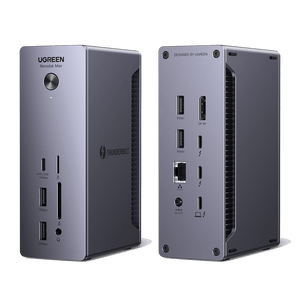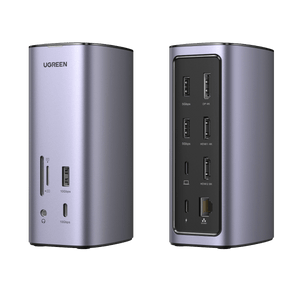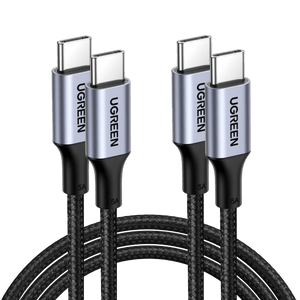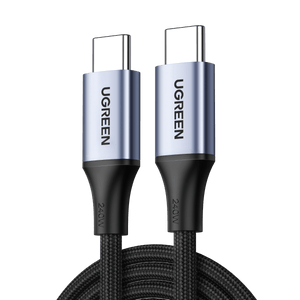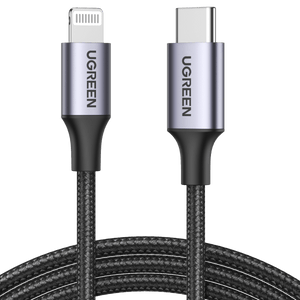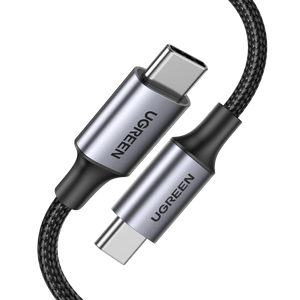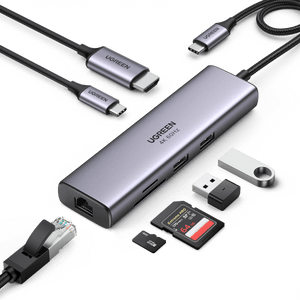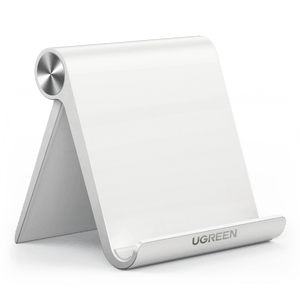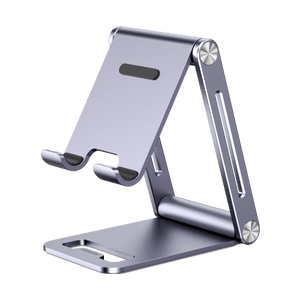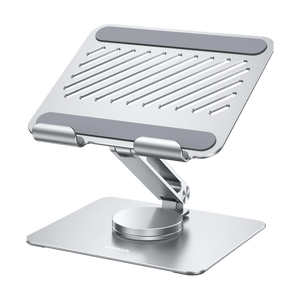Top 9 Factors Affecting the Life of Portable Chargers
Portable chargers, popularly known as power banks, have firmly earned their place in the daily necessity list of many. Power bank provide a handy method of charging smartphones, tablets, and other USB-powered gadgets when there isn’t any easy access to an electrical outlet.
However, like all other electronic equipment, portable chargers also lose their charging capability with time. Herein, we will discuss 9 factors affecting the lifespan of portable chargers.

Key Factors Influencing Lifespan
Battery Quality
Portable chargers are normally made with two kinds of batteries: lithium-ion and lithium-polymer. Though both of them find wide applications in consumer electronics, their performance and lifespan may vary.
- Lithium-Ion Batteries: Lithium-ion batteries are popular because they store more energy in a smaller space. However, they may be heavier than polymer batteries. Lithium-ion batteries have a narrow low-temperature range. They can’t be fully discharged below 15°C. They’re more resistant to high temperatures than polymer batteries, but they can still be damaged by poor charging habits or extreme temperatures. They’re not very stable long-term.
- Lithium-Polymer Batteries: Lighter and more flexible, these are used in slimmer or otherwise uniquely shaped power banks. they do come at higher costs and will not last any longer than necessary without the right care.
Premium brands of mobile power to extend the lifespan 2 to 3 times that compared to cheaper ones. Example: A top-quality mobile power manufactured by the well-known UGREEN brand can survive for several years with proper usage, while the poor quality item may degrade in less than a year

2. Charge Cycles
In general, the lifespan of a portable charger is usually determined by a number of charge cycles, which is a single full discharge and recharge of the battery. For instance, if you use 50% of your power bank’s capacity today and another 50% tomorrow, that will count as one full output cycle.
Most portable chargers are rated for 300-500 charge cycles, depending on the quality. After this, the battery starts to degrade and is unable to hold a charge as well or efficiently. This is an inevitable process in battery aging, but your charging habits will play a huge role in how fast these cycles are used up.
Charge Cycles and How They Affect Longevity
- Frequent Full Dischrges: Constantly draining your power bank to 0% and then recharging it can accelerate degradation. In contrast, batteries like partial discharges because they experience less chemical stress during shallow cycles. Try to recharge your power bank when it drops to around 20%-30% instead of waiting for it to hit 0%. This reduces strain on the battery.
- The capacity is also highly important: High-capacity power banks (with a capacity of more than 20,000 mAh) can not only recharge devices more frequently, but also require fewer recharging times themselves. Compared with low-capacity power banks, their batteries undergo fewer charge cycles. Therefore, these high-capacity power banks have a longer service life.
{{UGPRODUCT}}
3. Temperature Exposure
Heat is one of the worst enemies of battery health. When your portable charger is exposed to temperatures above 95°F (35°C), chemical reactions inside the battery begin to accelerate, which may cause it to degrade faster.
Over time, this can lead to a permanent loss of capacity, meaning your charger holds less energy and becomes less efficient. Common culprits include leaving your power bank in a hot car, charging it near a heat source, or using it heavily while it’s charging.

4. Usage frequency
If you’re someone who uses your power bank daily to charge multiple devices, the battery will naturally go through charge cycles faster, shortening its lifespan. On the other hand, using it infrequently and leaving it idle for long periods can also degrade the battery over time. Batteries perform best when they’re used consistently but not excessively. Striking the right balance is key.
5. Charging Habits
- Avoid Overcharging: Overcharging may also create a “trickle charge” effect, where the battery is continually topped off, causing minor stress over time.
- Don’t Let it Fully Discharge: Allowing your power bank to drain completely before recharging should be avoided.
- Use the Right Chargers and Cables: Always use manufacturer-recommended chargers and cables or certified alternatives
- Keep the Power: You should charge the power bank every three months to prevent the battery from losing its capacity due to self-discharge. If the battery level drops below 10%, recharge it promptly to avoid complete depletion, which could make the battery unresponsive.
6. Storage Conditions
● Keep It Cool and Dry: Storing your power bank in a hot, humid, or cold location can harm its components over time.
● Charge Before Long-Term Storage: Before storing your power bank for an extended period, charge it to around 50%-60%.
● Avoid Physical Damage: Use a protective case or pouch to shield your power bank from drops, scratches, and dirt.
7. Quality of Cables and Adapters
A power bank is only as good as the accessories you use to charge it and the devices it powers. Poor-quality accessories they can lead to overheating, inefficient charging, or even permanent damage to your charger.
- Inconsistent Power Delivery: Cheap or unbranded cables often fail to deliver a consistent flow of electricity, putting unnecessary strain on the battery and causing it to degrade faster.
- Overheating Risks: Lower-quality cables and adapters may lack proper insulation or safety features, leading to overheating during use.
- Compatibility Issues: Non-certified accessories cannot communicate effectively with the Power Bank’s BMS (Battery Management System), which can result in overcharging and undercharging issues, among others.

8. Device Compatibility
Using a power bank that isn’t suited to your device’s power requirements can strain the battery, reduce efficiency, and shorten its lifespan.
Power Demand Mismatch: Some devices like laptops or gaming tablets need a lot of power. So they require power banks that can give out a high level of power, like 6W or more for fast charging. If you don’t match the right power bank with the device, the power bank will have to work too hard. This can make it wear out faster.
Incompatible Charging Standards: Some devices use specific charging protocols (e.g., Qualcomm Quick Charge, Power Delivery (PD)), and if your power bank doesn’t support these standards, it may charge inefficiently or not at all.
9. Capacity Considerations
While a higher-capacity power bank might seem like a luxury, it can actually extend the lifespan of your charger by reducing the frequency of full discharge cycles, making it a smarter long-term investment.
- Fewer Charge Cycles: A high-capacity power bank (e.g., 20,000mAh or more) can store more energy, meaning you won’t need to recharge it as often compared to a smaller-capacity power bank like 5,000mAh or 10,000mAh. Since every full charge and discharge cycle wears down the battery, fewer cycles mean a longer lifespan.
- Better for Multiple Devices: If you frequently charge multiple devices or high-drain gadgets like tablets or laptops, a larger power bank ensures you can handle the load without overworking the battery.
- Reduced Strain: High-capacity chargers generally operate more efficiently because they don’t have to work as hard to deliver power over multiple uses. This efficiency helps prevent overheating and prolongs battery health.
Conclusion
A portable charger is an investment, and taking good care of it will keep it reliable every time you need it. By following the tips outlined in this guide, you’ll not only save some bucks by avoiding its premature replacement but also enjoy the convenience of a power bank that stands the test of time.
Power Bank FAQs
What makes a portable charger charge faster?
Power bank input ranges from 1Amp to 2.4Amps—the higher the input, the faster it recharges. Most wall chargers provide up to 2.4Amps, but if you’re pressed for time, check your charger. A 1Amp charger could double the recharge time compared to 2.4Amps.
When should I recharge my power bank? Does it need to be fully empty?
You can recharge your power bank at any battery level. It doesn’t need to be fully depleted before recharging. For long-term storage, it’s recommended to charge it to at least 50% if not used for several months.
How long does a power bank take to charge?
Typically, a power bank takes about 3 to 6 hours to fully charge, depending on the model and the charging source used (wall outlet, computer, etc.).
Can I use my portable charger internationally?
Yes, most portable chargers are designed for international use. They support a range of input power levels (e.g., 5V, 9V, 15V, 20V) and work with different voltage standards worldwide (110-120V or 220-240V). You may need a plug adapter for local sockets, but the power bank will adapt to various voltage specifications safely. Click to read more: Can You Take a Power Bank on a Plane?

